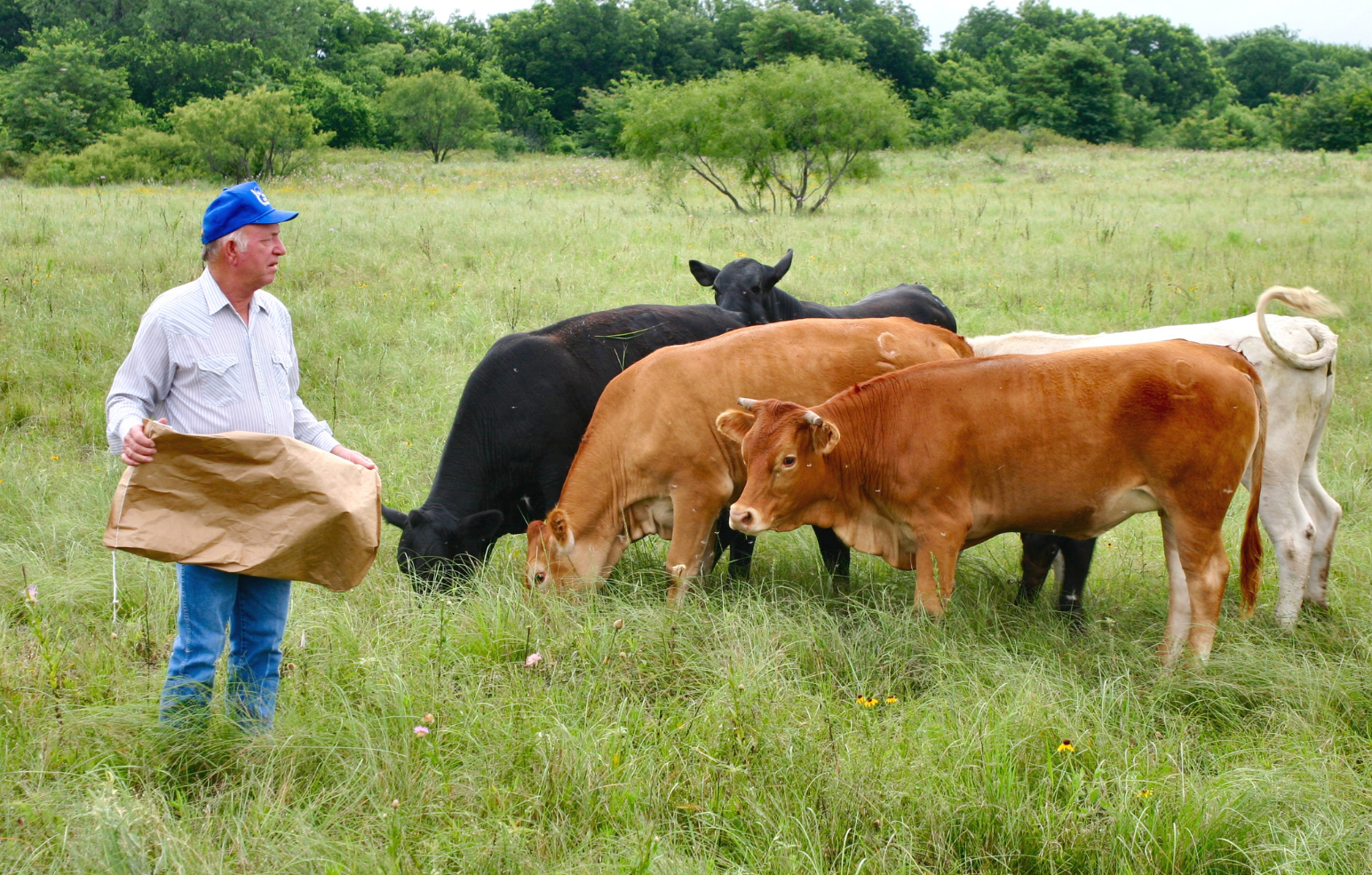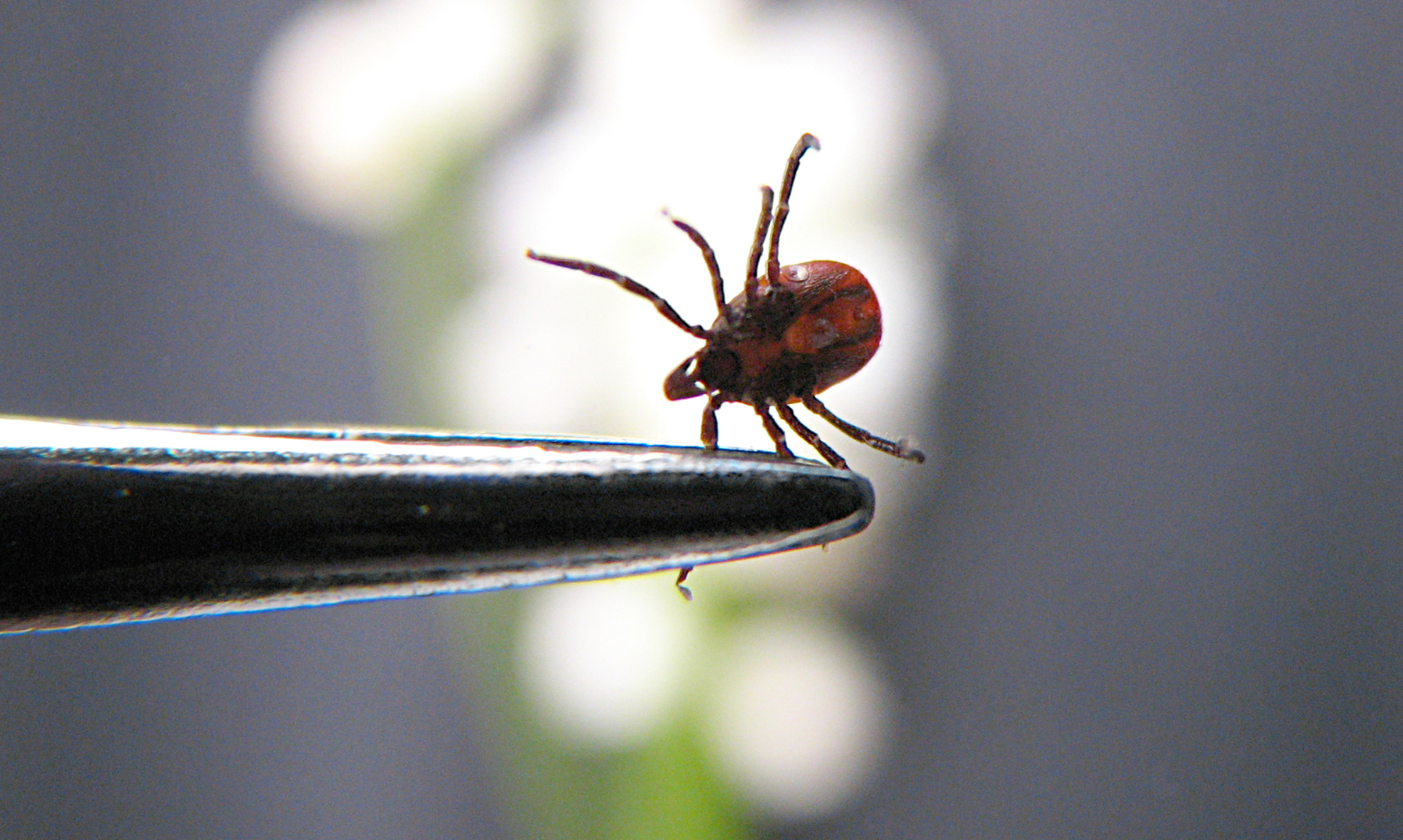Practice Tick Safety to Avoid Tick-Borne Diseases
go.ncsu.edu/readext?946292
en Español / em Português
El inglés es el idioma de control de esta página. En la medida en que haya algún conflicto entre la traducción al inglés y la traducción, el inglés prevalece.
Al hacer clic en el enlace de traducción se activa un servicio de traducción gratuito para convertir la página al español. Al igual que con cualquier traducción por Internet, la conversión no es sensible al contexto y puede que no traduzca el texto en su significado original. NC State Extension no garantiza la exactitud del texto traducido. Por favor, tenga en cuenta que algunas aplicaciones y/o servicios pueden no funcionar como se espera cuando se traducen.
Português
Inglês é o idioma de controle desta página. Na medida que haja algum conflito entre o texto original em Inglês e a tradução, o Inglês prevalece.
Ao clicar no link de tradução, um serviço gratuito de tradução será ativado para converter a página para o Português. Como em qualquer tradução pela internet, a conversão não é sensivel ao contexto e pode não ocorrer a tradução para o significado orginal. O serviço de Extensão da Carolina do Norte (NC State Extension) não garante a exatidão do texto traduzido. Por favor, observe que algumas funções ou serviços podem não funcionar como esperado após a tradução.
English
English is the controlling language of this page. To the extent there is any conflict between the English text and the translation, English controls.
Clicking on the translation link activates a free translation service to convert the page to Spanish. As with any Internet translation, the conversion is not context-sensitive and may not translate the text to its original meaning. NC State Extension does not guarantee the accuracy of the translated text. Please note that some applications and/or services may not function as expected when translated.
Collapse ▲As livestock producers and farmers in general we spend a lot of time out in the same environment as a lot of little pests. Some big enough to see easily. Some, other than being extremely aggravating, are completely harmless, others carry diseases that could change our daily lives with just one tiny bite. Livestock producers especially enjoy a meal that most often includes red meat. One type of tick, the Lone Star Tick has the potential to create an allergic reaction to red meat. There is no cure for the red meat allergy however, just because you have been bitten by a Lone Star Tick does not mean that you will develop the allergy. The best way to prevent tick-borne diseases, is to prevent being bitten.
 Ticks in general not only carry Lyme Disease and Rocky Mountain Spotted Fever but they can also carry other scary diseases. As farmers and outdoorsmen, we can help prevent being bitten by ticks by using several methods. First, we should consider where tick habitat is and take preventative measures. As farmers we are in tick habitat daily. Pastures, barns, and wood lines are prime areas to pick up ticks on our clothing. Simply tucking our pants legs into boot tops can help prevent a tick from making contact with our skin long enough to be spotted and removed. Wearing lighter colored clothing will also aid in spotting ticks, and wearing clothing that has either been treated with labeled repellents or using a repellent that is designed to deter ticks is also a great preventative measure, always follow the label when using a product. Clothing can also be run through a hot clothes dryer to kill any ticks that may have hitched a ride inside. Even when using these methods, we should still do regular “tick checks” when coming inside or even throughout the day. Check yourself or have someone check you. Most farms have pets. Any household pet should also be checked regularly especially when coming indoors after being outside. Pets should also be using a flea and tick prevention as well to avoid bringing in ticks that then get passed on to their owners.
Ticks in general not only carry Lyme Disease and Rocky Mountain Spotted Fever but they can also carry other scary diseases. As farmers and outdoorsmen, we can help prevent being bitten by ticks by using several methods. First, we should consider where tick habitat is and take preventative measures. As farmers we are in tick habitat daily. Pastures, barns, and wood lines are prime areas to pick up ticks on our clothing. Simply tucking our pants legs into boot tops can help prevent a tick from making contact with our skin long enough to be spotted and removed. Wearing lighter colored clothing will also aid in spotting ticks, and wearing clothing that has either been treated with labeled repellents or using a repellent that is designed to deter ticks is also a great preventative measure, always follow the label when using a product. Clothing can also be run through a hot clothes dryer to kill any ticks that may have hitched a ride inside. Even when using these methods, we should still do regular “tick checks” when coming inside or even throughout the day. Check yourself or have someone check you. Most farms have pets. Any household pet should also be checked regularly especially when coming indoors after being outside. Pets should also be using a flea and tick prevention as well to avoid bringing in ticks that then get passed on to their owners.
In the event that you or someone in your household is bitten by a tick, knowing the proper way to remove it will be critical. You should use a pointed set of tweezers to remove the embedded tick as soon as possible. Grab the tick as close to the head as possible, pull slow and steady increasing pressure until it releases. If parts of the tick remain attached use a needle as you would to remove a splinter to remove all the parts of the tick then wash the area with soap and water and treat it with alcohol. Once the tick has been removed it is a good idea to keep the tick in an alcohol solution in a sealed container with the date you were bitten. This will be helpful in case there is a complication to identify the tick and what may have been transmitted.
If you have been bitten by a tick and experience an adverse reaction, please contact medical professionals. N.C. Cooperative Extension can assist in identifying ticks and other pests that may be found on livestock and in pastures as it pertains to livestock management.
Producers or prospective producers can find out more information pertaining to this article by contacting Kendra Fortner at the N.C. Cooperative Extension, Jackson County Center at 828-586-4009 or the N.C. Cooperative Extension, Swain County Center at 828- 488-3848 or by email at kendra_norton@ncsu.edu





